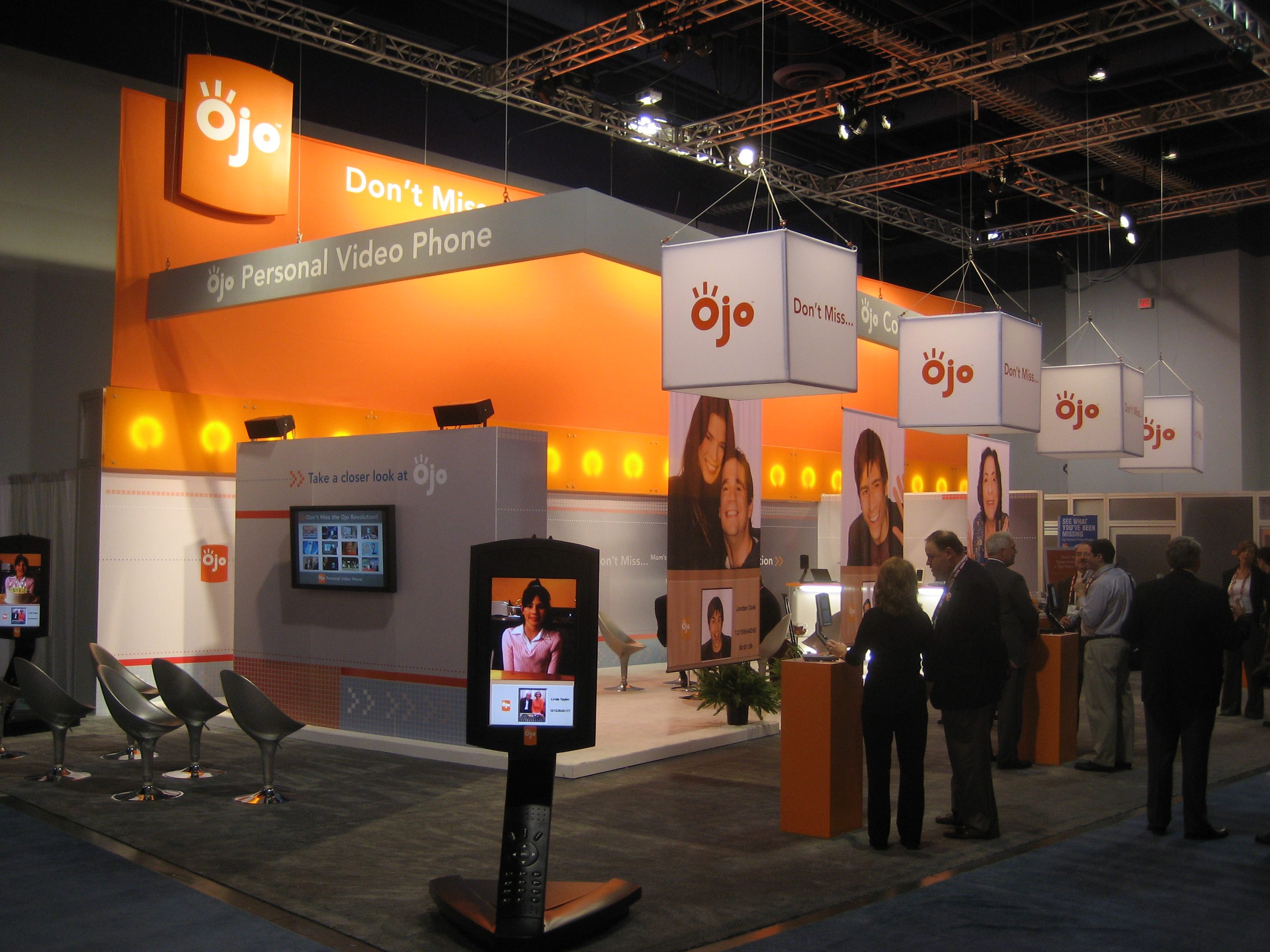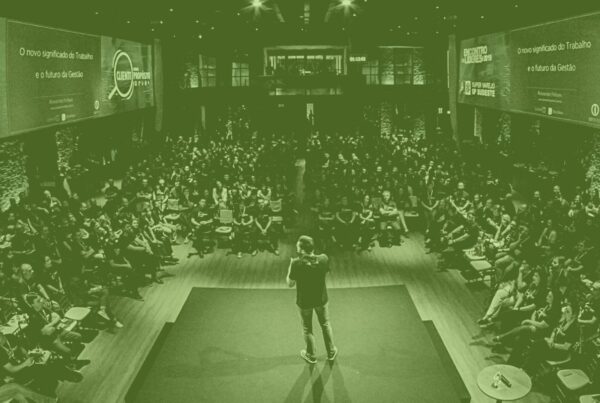Events and exhibitions, trade shows, and conferences; these are all ways to get your brand and business noticed. But it isn’t as simple as booking your ticket and crossing your fingers that the leads will magically come. Exhibiting at and participating in an event takes preparation that starts months or even years beforehand. So, how do you go about preparing for your next event?
The old saying “failing to prepare is preparing to fail” definitely applies to events. Whether you’re exhibiting at a B2C expo, planning a talk for a conference, or preparing for a trade show, here are 10 steps to ensure you’re ready for success.
Preparing For Your Next Event: Do Your Research
Event marketing can sometimes feel like being back in school. It can be tempting to jump on the bandwagon and attend certain expos and events because the “cool kids” – your competition – are going. Don’t fall into the trap of just going along with the crowd. Do your homework to make sure you’re attending the right events for your business.
It’s important to research any event to identify the key benefits for you. Read blogs and view videos from past events, look at the visitor and exhibitor lists, and check up on social media. Today’s events are transparent and honest. They’re also highly targeted. Look around until you find the right event for you. Focus on quality instead of quantity. Attending or presenting at two events a year can be more effective than attending or presenting at 10 events, as long as you choose the right events. Take time to understand exactly what you’re attending and how it can help you.
Exhibiting at an event is an investment. Doing your research can help increase your ROI, so make sure you’re spending your money wisely.
 2. Identify Your Goals
2. Identify Your Goals
Once you’ve identified the right event for you, it is important to outline the goals for your business. Are you looking to sell a product, drive brand awareness, capture leads, or simply use it as a networking opportunity? Whatever the goal, make sure you set SMART targets. This will help you to plan the rest of your activity accordingly and help keep everyone in the business on track.
For example, if you want to raise brand awareness, your SMART goal could be to increase Facebook likes and customer survey responses by 20% by the end of the quarter. That goal will dictate how you plan the event. You’ll likely want large signage for your brand, and you’ll want to create a cohesive branding package that people can connect with. Your social media should be highly visible to drive people to Facebook to meet your goal.
On the other hand, your goal could be to drive sales leads. In that case, your SMART goal could be something like increasing the number of leads in your sales pipeline to 500 by the end of the year. How you approach the event will be different than just driving brand awareness. You’ll want to talk with people individually, show what the product can do for them, and then get contact information to put them in the pipeline.
An event can help with both of these goals—and many more. It’s all about being strategic in how you plan and approach the event.
3. Plan Your Exhibition Display
A creative exhibition display can make or break your event. Get it right, and you can attract a steady stream of customers, clients, and leads. Get it wrong, and you could find yourself with low interest and missed opportunities – especially if you’re an exhibitor in virtual and hybrid spaces.
When preparing for your next even with the exhibition display in mind, you first need to find out the requirements and restrictions of the space. Then, get creative and come up with an eye-catching display that sets you apart from the competition.
Instead of just a simple static display, try to create something that is experiential and memorable. This is your chance to showcase your brand, so go big and make a splash. Event attendees will likely be wading through dozens or hundreds of other booths and vendors. Do something unique to make yours stand out. Some brands use technology for attention-grabbing screen walls, interactive art displays, and light shows. Other companies create welcoming lounges with comfortable furniture and a place to re-charge. A successful exhibition display doesn’t have to be expensive, but it should always stand out and represent your brand. These days, a table and branded banner just won’t cut it.
 4. Create Memorable Experiences When Preparing For Your Next Event
4. Create Memorable Experiences When Preparing For Your Next Event
Attracting customers to your booth is one thing. Encouraging them to stay, engage with your brand, and eventually buy from you is another. Before you hit the event, decide what memorable experiences you can offer event attendees.
Some examples include:
- Product demonstrations. People want to see your product or service in action. If you have an amazing wearable product, try a fashion show. If it’s a service that can make their business more productive, show them how it works. Give people a chance to try the product for themselves. They’re much more likely to feel connected and want to make a purchase if they really get to test it out.
- Interactive touchpoints. Add tech to your booth. Use AR and VR to showcase what your product can do. Give guests a chance to interact with the brand. It can be an interactive walkthrough of a service on an iPad or VR glasses that take people to another world to learn about your brand.
- Videos and visual content. Visual content rules at events. Find ways to incorporate video and pictures into your experiences. An engaging video can highlight what your brand is all about. A case study or testimonial video can show people your product in action. A behind-the-scenes look can show how the product is made and the goals of the company. Use your imagination to get creative with video.
- Engaging staff. Technology can be flashy, but the most important part of an event booth is engaging staff. Your people need to talk to everyone, build connections, and have fun. Energetic staff can draw people to the booth without feeling pushy. Attendees will remember a great conversation they had with a staff member just as much as they remember a fun video.
5. Deliver Pre-Event Marketing
Have a clear marketing plan in place to promote your presence at the event. Setting goals and having a creative stand will mean very little if the right audience doesn’t know where to find you.
Content is king in marketing. You can send out mail shots – both direct and via email – to target your existing client base. You also need to target prospects. These are the potential large clients and partners you want to make sure to connect with at the event. Send them an email or give them a call to let them know you’ll be at the event. The extra effort can go a long way in building your brand and showing your commitment to getting their business.
Make your presence heard! Do everything you can to create a buzz around your appearance. Follow the social media accounts and hashtags for the event and join in the conversation. Share behind-the-scenes photos and insights before the event and drum up some excitement. If you do pre-event marketing well, people will be seeking you out and making your job easier and more fun.
 6. Organize Your Team
6. Organize Your Team
The next step is choosing how to staff the event. Taking team members out of the office to work an event for a few days can have a huge impact, no matter the size of your company. Because of this, it’s important that you carefully organize who will work the event and when.
Who you take will obviously be determined by your goals. If you’re looking to leverage sales, members of your sales team would be a wise choice. If you want to raise brand awareness, it can be most strategic to bring members of the PR team. Make sure every employee who is attending and working at the event knows their responsibility. They should all be involved in the pre-event work to understand the strategy and goals behind the event. Working an event can be fun, but employees also need to hustle to get results.
7. Focus On Live Marketing
Your marketing and promotional efforts shouldn’t stop when you’re at the event. Keep sending out tweets and writing blogs while you’re there. Not only does this keep the event fresh in your prospects’ and clients’ minds, it can also help you connect with other attendees. Post things quickly so they stay fresh and give you a leg up on the competition.
Most events and exhibitions these days encourage attendees to live tweet and share updates in real-time. Don’t just give impersonal updates. Add personality to your marketing to show the fun and business sides of the event.
If you attend a talk, be sure to tweet along and share your thoughts afterwards. Post pictures on Instagram with the event location and hashtag. You can even add a social aspect to your booth to get people tweeting and talking about your presence. If you’re the one giving the talk, make sure you promote it with flyers on the day and a few social media posts to create buzz.
 8. Deliver Talks
8. Deliver Talks
Giving a presentation, speaking on a panel, or leading a breakout session are all great opportunities to grow your personal brand and showcase your company. Take time to prepare!
Preparing for your next event means knowing exactly what you’re going to say. You have to be able to speak naturally and without reading from notes. Prepare a slideshow or add an interactive aspect to your presentation. Be prepared to take questions from the audience with confident and clear answers. Do run throughs with potential questions and prepare talking points.
Don’t throw things together at the last minute. Arrive early to check the space and make sure the sound and technology works. After your presentation, stick around and make it easy for people to find you. If you’ve done a good job, people will likely be clamoring to talk to you and ask questions. Be sure to have business cards on hand to continue building those relationships after the event.
 9. Make Considerations For International Events
9. Make Considerations For International Events
International events can be beneficial, especially for brands that work globally or are looking to expand. However, exhibiting abroad involves a number of additional considerations:
- Transportation. What travel arrangements need to be made? How much will international travel add to the budget? Do you have the correct passports and travel documents?
- Exhibition materials. How will you get your materials to the event? Will they be made abroad or transported from home? Can you ship items to the event beforehand? What materials can you outsource to local vendors?
- Language barriers. Are there any language barriers you need to work around? Should you bring an interpreter or translate your materials into different languages?
- Customs and culture. How will your materials be received in a different culture? Is there anything in your exhibit or presentation that could be offensive or misunderstood? What can you do to better connect with a foreign audiences?
 10. And Finally, Follow Up With Post-Event Marketing!
10. And Finally, Follow Up With Post-Event Marketing!
Before the event has even started, you should be planning how you will market yourself post-event. Will you arrange meetings with prospects to discuss your findings? Will you create a whitepaper on the event? How will you follow up any leads you capture? It’s vital you have this plan in place so you can hit the ground running on your return when the event is still newsworthy.
An event is beneficial in the moment, but some of the biggest boosts come from continuing the conversation and strengthening relationships once you get back home. Consider these post-event ideas:
- Send an email follow-up to everyone you met.
- Send handwritten notes to event organizers, VIPs, or anyone you had a special connection with.
- Post an event wrap-up blog or social media post. Write it on the plane ride home and have it ready to go right away.
- Follow up on any sales leads or potential partnerships.
- Schedule meetings and calls to keep talking about ideas that were discussed at the event.
- Create a plan to carry your momentum to future exhibitions.
Returning back to work after an event can be a blur. Having a plan in place beforehand makes it easy to know exactly what to do to maximize your strategy.
Attending, exhibiting, and presenting at an event is a great way to build your brand and expand your reach. Preparing for your next event should be comprehensive, but it doesn’t have to be complicated. This is your time in the spotlight! Don’t waste it by being unprepared and overwhelmed.
By following these tips and using common sense you’ll be more than ready to enjoy event marketing in the future!
Editor’s Note: This blog post was updated on June 25th, 2021.










